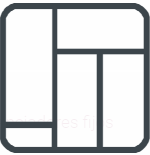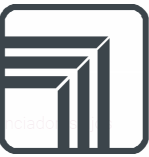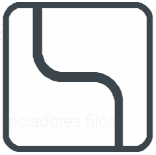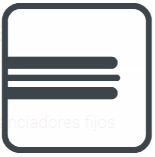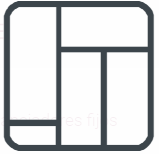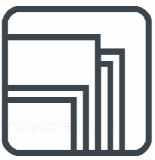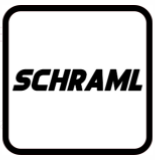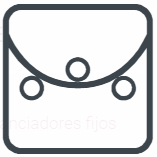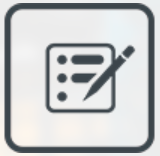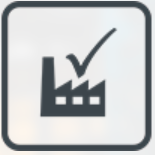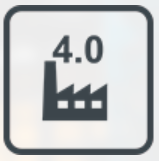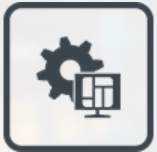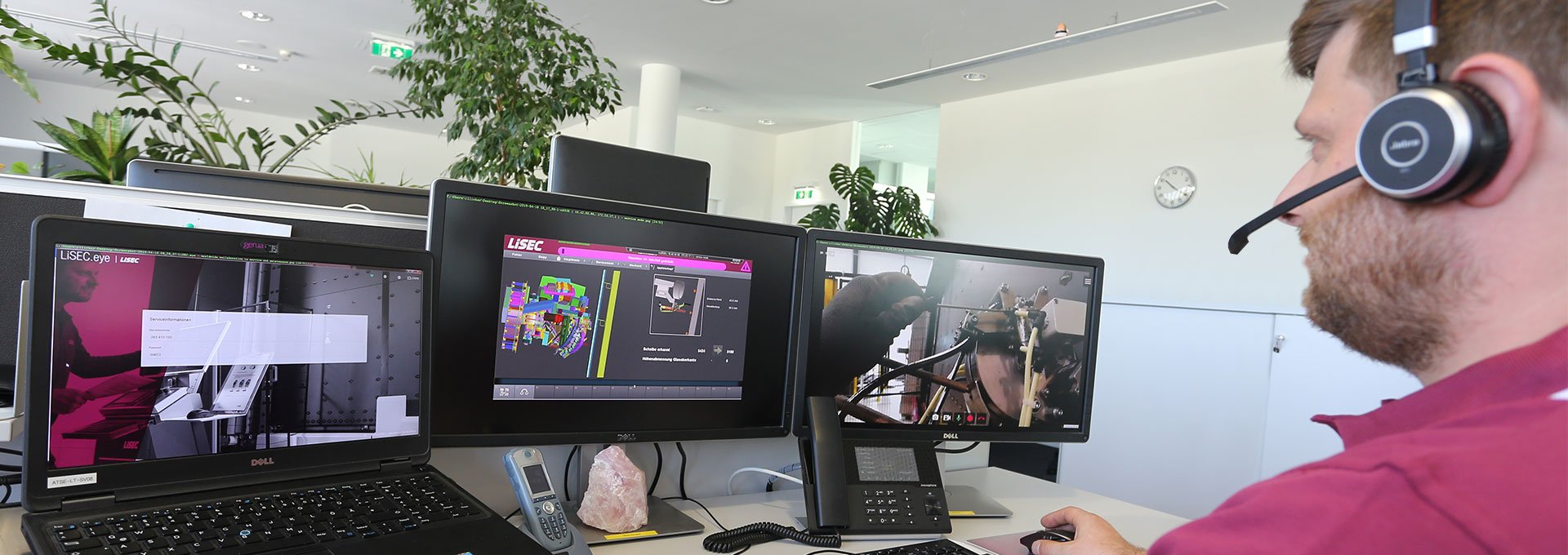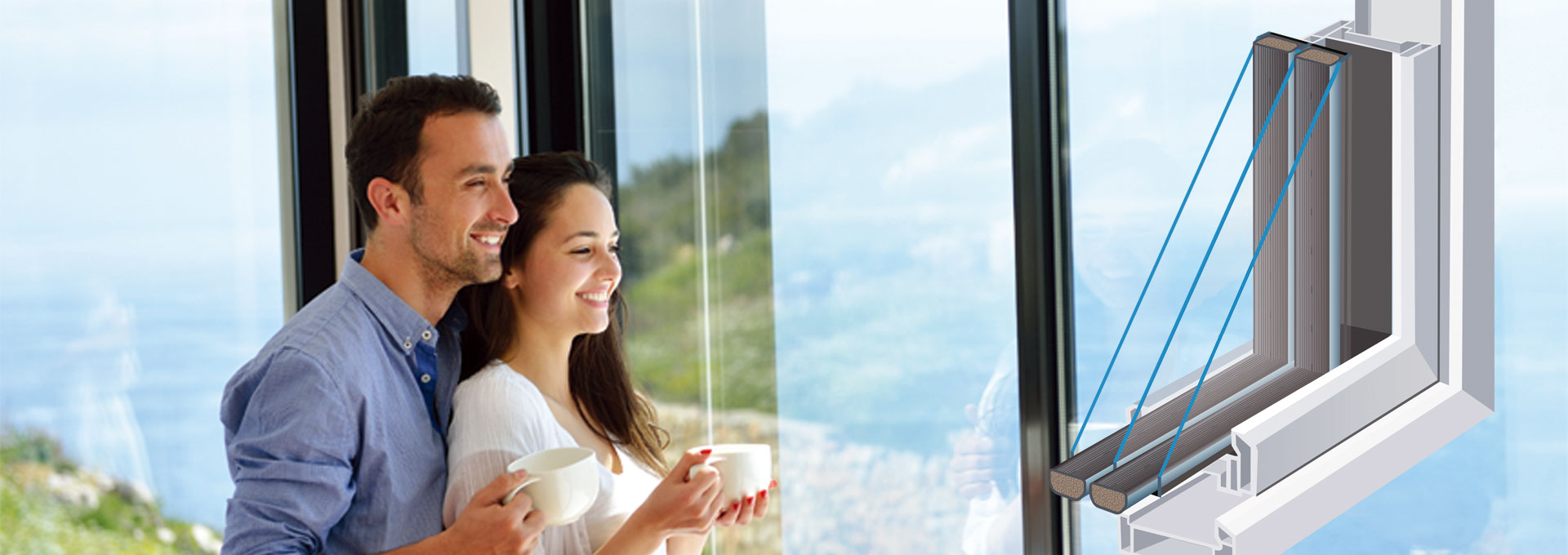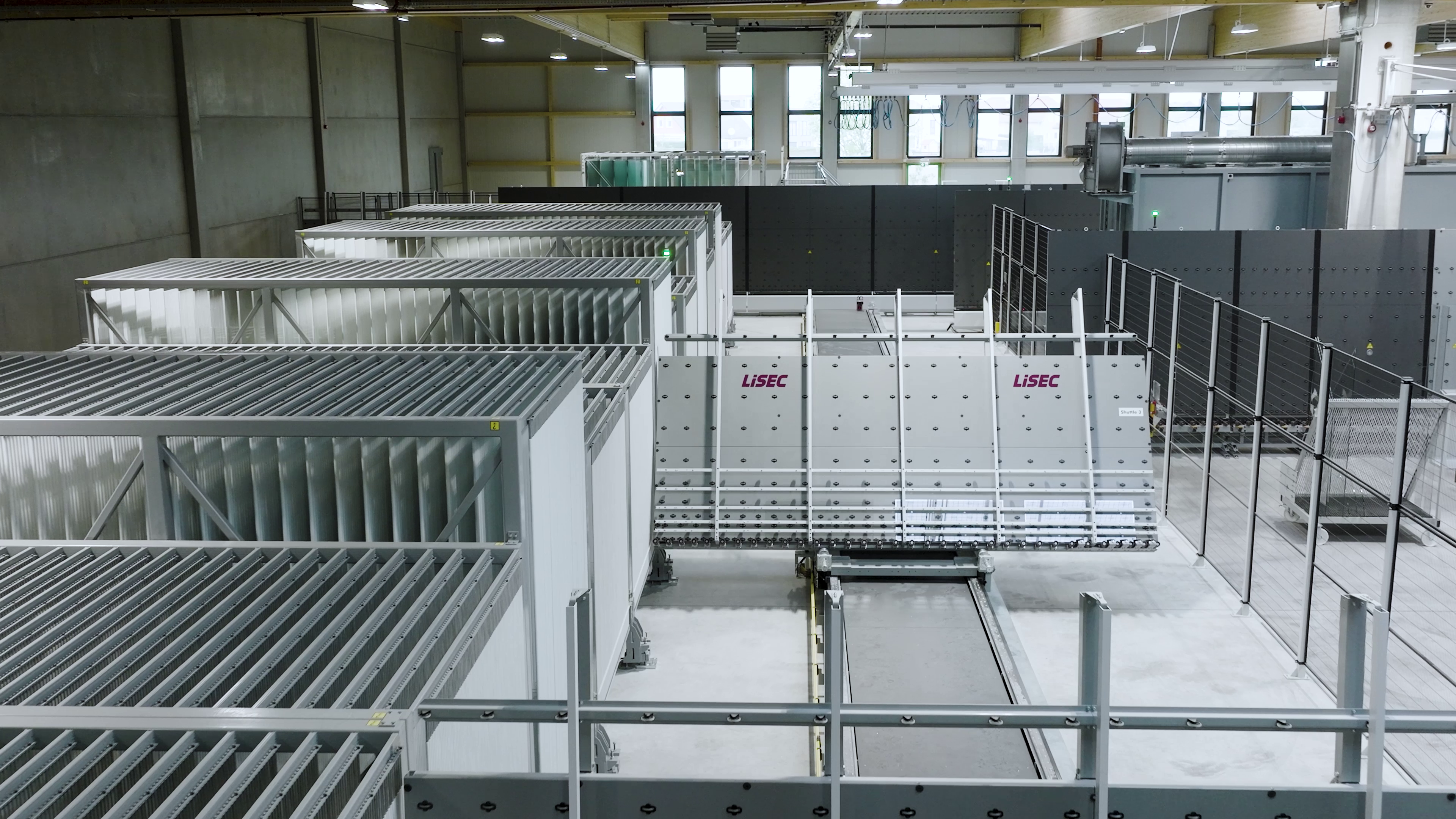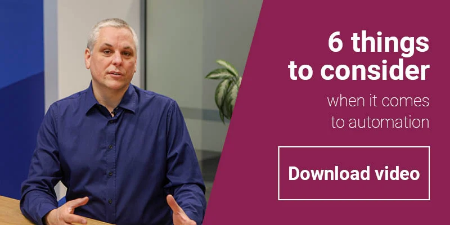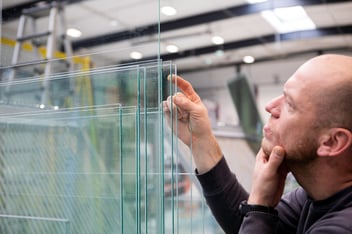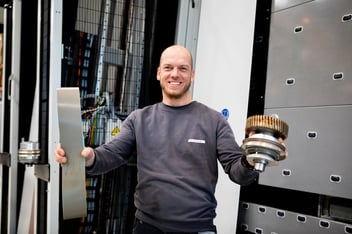The machines no longer set the pace alone. Increasing automation is expanding the sphere of influence of software-controlled intralogistics. Planning and optimization software is taking the place of a production manager who plans and tracks the route of the panes through the production. The software manages, controls, and monitors the production processes and provides ongoing status feedback. The pacemaker is the sorting buffer, which makes it possible to combine conflicting priorities in production.
How does today's unmanned production work?
EVERY PANE KNOWS ITS PATH
The main function of the software in a fully automated machine network is to control the material flow and supply the machines with the relevant production data. This means that the operators no longer have to enter data at the machines and, ideally, the glass is not moved manually between the cutting and IG line. Continuous feedback of the production status allows the operator to track where each individual pane is in the plant at any time, giving them the opportunity to influence and control the system.
BRIDGING THE GAP BETWEEN DIFFERENT PRIORITIES
Different priorities apply to the individual work steps in a flat glass production: At the cutting stage, it is the optimum glass yield with minimum waste and the avoidance of remnant plates. To achieve this goal, the software optimizes the orders on stock sheets. Advanced optimization algorithms are able to decide whether to include sheets from later production orders in order to improve the result. Remakes can also be automatically recut and fed back into production.
On the other hand, there are the priorities of the production lines. Here it is important to deliver the glass in a sequence optimized for the respective machine, e.g. to minimize interruptions due to set-up times. In insulating glass production, the aim is to produce the end products in the sequence requested by the customer, optimized for stacking on delivery racks. In the energy-intensive processes in the tempering furnace or the laminating plant, there are many strategies to ensure the best possible capacity utilization. Especially in the context of rising energy costs and sustainability considerations, the precise implementation of these strategies is more important than ever.
One of the key functions of the buffer software is to calculate the handover of the waste-optimized sheets from the cutting process in the best production sequence for the IG line, lamination line or toughening furnace. The physical re-sorting takes place in a sorting buffer, which consists of transport shuttles for loading/unloading and a sorting magazine with a capacity adapted to the production requirements.
Decoupling of essential processing steps
As a key element for planning an optimal production process, the sorting buffer system makes it possible to decouple key process steps in the value chain. It also largely ensures process stability and optimizes machine utilization.
To act as a pacemaker, the buffer must be faster than the production machines. The shuttle ensures a smooth transfer between machines, shuttle, and buffer by means of a continuously adjustable horizontal and vertical glass transport height. It is also possible to tilt the glass sheet during transportation according to the transfer conditions. The fast throughput time results from the cycle time-optimized movement of the shuttle carriage, in which glass panes are transported to the end of the shuttle transport carriage as it moves back and forth.
The contactless transport of the coating side for coated panes is also important. The buffer not only ensures that the machines are supplied, but also replaces the manual re-sorting and transportation of the panes, thus preventing glass scratches, damage to the edges and pane breakage.
Click to Automize:
Buffer Sizing: is bigger always better?
With standard buffer sizes and cycle times, the buffer contents are completely circulated approximately every 4 to 6 hours. Although the buffer can flexibly process sheet sizes of up to 6 x 3.3 m as well as special shapes and can be expanded as required thanks to its modular design, advantages such as a reduction in stock levels are lost as the storage volume increases. High performance sorting considers the individual requirements in terms of product mix, glass sizes, glass thicknesses and cycle times.
Basically, the better the coordination between cutting and IG line, the smaller the buffer can be. Working with the buffer requires much better production planning and synchronization of the individual work steps, which is often underestimated. Find out more in our expert interview linked below!
Which tasks remain for humans?
Even in a fully automated production, there are still tasks that require human intervention. These are mainly tasks that are less repetitive and more demanding, such as maintenance or troubleshooting, for example in the event of glass breakage during cutting or tempering. Filling the glass storage or stacking the finished sheets at the end of the IG line is also often still carried out by production staff.
The role of the production manager is changing towards control and monitoring, as well as intervening in the event of malfunctions. In addition, modern production facilities generate a lot of data that can be analysed using appropriate software solutions. Analysis of this data allows identifying the best measures to increase efficiency, improve quality and reduce downtime.
More on Automation:
Summary
As a key element for planning an optimal production process, the software-controlled buffer and sorting system makes it possible to decouple key process steps in the value chain. It also largely ensures process stability and optimizes machine utilization. Such systems are recommended for companies that want to avoid incorrect loading, ensure the traceability of the panes, prevent disruptions on the production lines and instead achieve higher performance with increasing quality.

